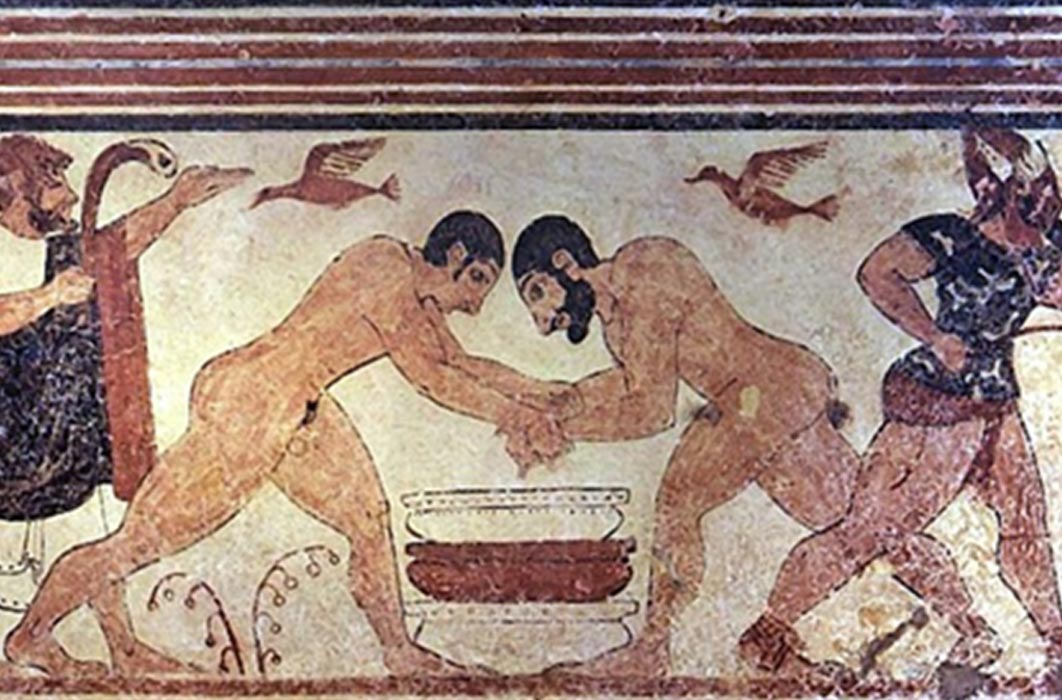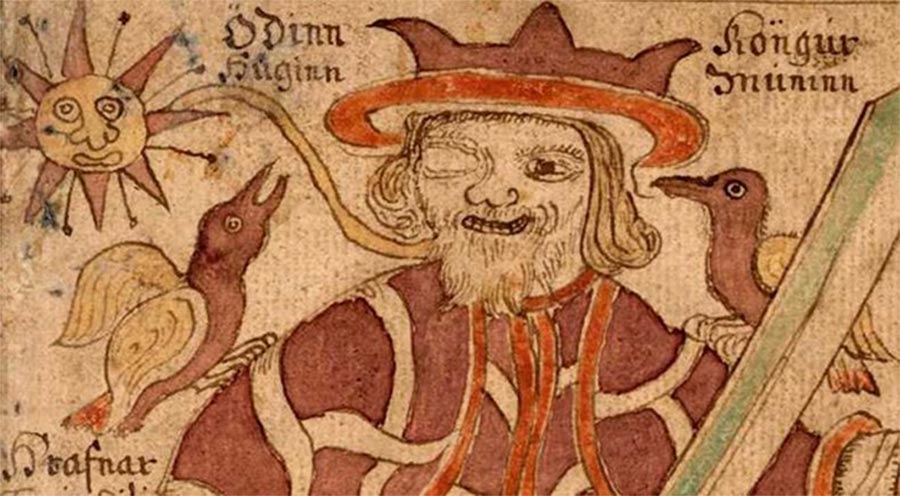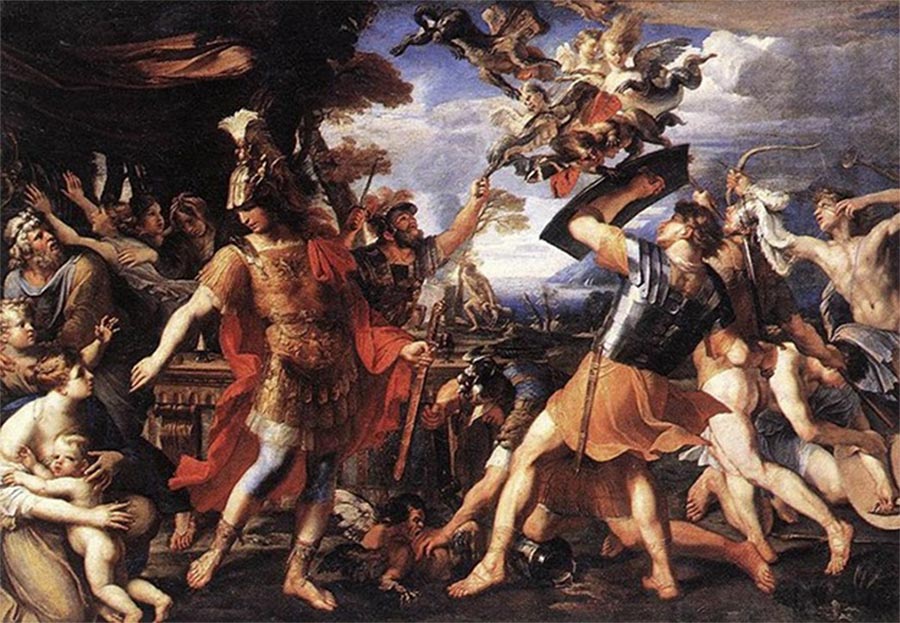
The Augurs of Rome: Birds Predicting The Will Of The Gods
Cycles of nature were at the core of the ancient practice of divination to decipher the will of the gods. Many different methods of divination were practiced in antiquity, such as dream interpretations (oneiromancy), interpreting the entrails of slaughtered animals (haruspicy), and augury (ornithomancy) which interprets the movements and activities of birds. Augury in particular became famously influential in the Roman empire.
The belief that the flight of birds may provide clues as to the will of the gods, seems to have prevailed among many ancient cultures. Birds represent many of the most powerful gods and goddesses in the ancient world. In ancient Egypt, the ibis was venerated as a symbol of the god Thoth, the god of writing, magic, wisdom and the moon. In ancient Mesopotamia, doves were very prominent as symbols of Inanna, the Queen of Heaven, and in the ancient Levant, doves were used as symbols for the Canaanite mother goddess Asherah. Birds have also been seen as spirit messengers of the gods. In Norse mythology, the twin ravens Hugin and Munin whispered news into the ear of the god Odin. During the Inca and Tiwanaku empires of South America, birds were depicted as the animals able to cross the boundaries between the earthly realm and the underworld. In the Etruscan and Roman religions, priests were involved in the practice of augury, interpreting the activities of birds to foretell events.

Odin the Allfather with the twin ravens Hugin and Munin. (Public Domain)
Augury in History
The practice of augury has been reported even before the Roman Empire, throughout the Anatolian peninsula and elsewhere along or near the eastern Mediterranean. Some of the earliest writings about this method of divination derive from the ancient Hittites more than a few millennia before Pliny (23–79 AD). Homer's Iliad, book 8, describes an event where an eagle was sighted grabbing a small fawn which was dedicated to Zeus as a sacrifice, and interpreted as a sign to inspire courage among the Greek warriors. However, it was the Romans that later streamlined the practice of augury into a complete system, governing it by fixed rules, and passing it down from generation to generation. In fact, much of what is known about augury in the classical world comes from the writings of the ancient Romans.
In ancient Rome, augurs were members of a religious college whose duty it was to observe and interpret the signs, or auspices, sent by the gods to express their approval or disapproval of any proposed undertaking. The college's early history is credited to Romulus or Numa Pompilius for its foundation. The office of the augur was granted only to persons of distinguished merit and was greatly sought after because of its political significance. Although Tarquin later doubled this number, the college had only four members in 300 BC with two places vacant. In the same year, the Ogulnian law increased that number to nine, adding five plebeian members to the four patrician members. In Sulla's time, there were 15 augurs until it was increased by Julius Caesar. That number continued in imperial times, and the college itself existed as late as the fourth century AD. Augurs often held other posts outside the priesthood— for example, Cicero, the famous orator and senator, was later also appointed an augur.
Auguring the Foundation of Rome
The Roman historian Livy stressed the importance of the augurs when he says: Auspiciis hanc urbem conditam esse, auspiciis bello ac pace, domo militiaeque omnia geri, quis est, qui ignoret? ("Who does not know that this city was founded after taking the auspices, that everything in war and peace, at home and abroad, was done after taking the auspices?")

Aeneas and his Companions Fighting the Harpies by Francois Perrier (before 1650) (Public Domain)
Livy was right. Rome was founded after the twins Romulus and Remus took the auspices. Romulus and Remus are said to have been the direct descendants of Aeneas, whose fate-driven exploits are mentioned by Virgil in the Aeneid. Romulus and Remus were related to Aeneas through their mother's father, Numitor, the king of Alba Longa, an ancient town of Latium in central Italy. Before the birth of Romulus and Remus, the reign of Numitor was usurped by his younger brother Amulius. Amulius inherited control of Alba Longa's treasury that helped him to dethrone Numitor and become king. In order to avoid any potential disturbance in his rule, Amulius killed the male heirs of Nimitor and forced Nimitor’s daughter Rhea Silvia to become a Vestal Virgin.




